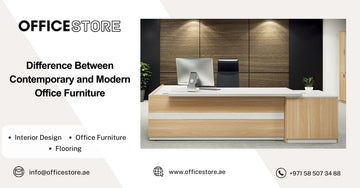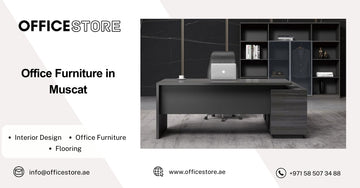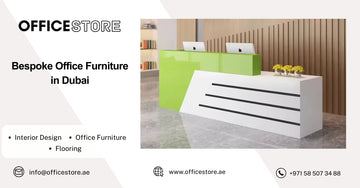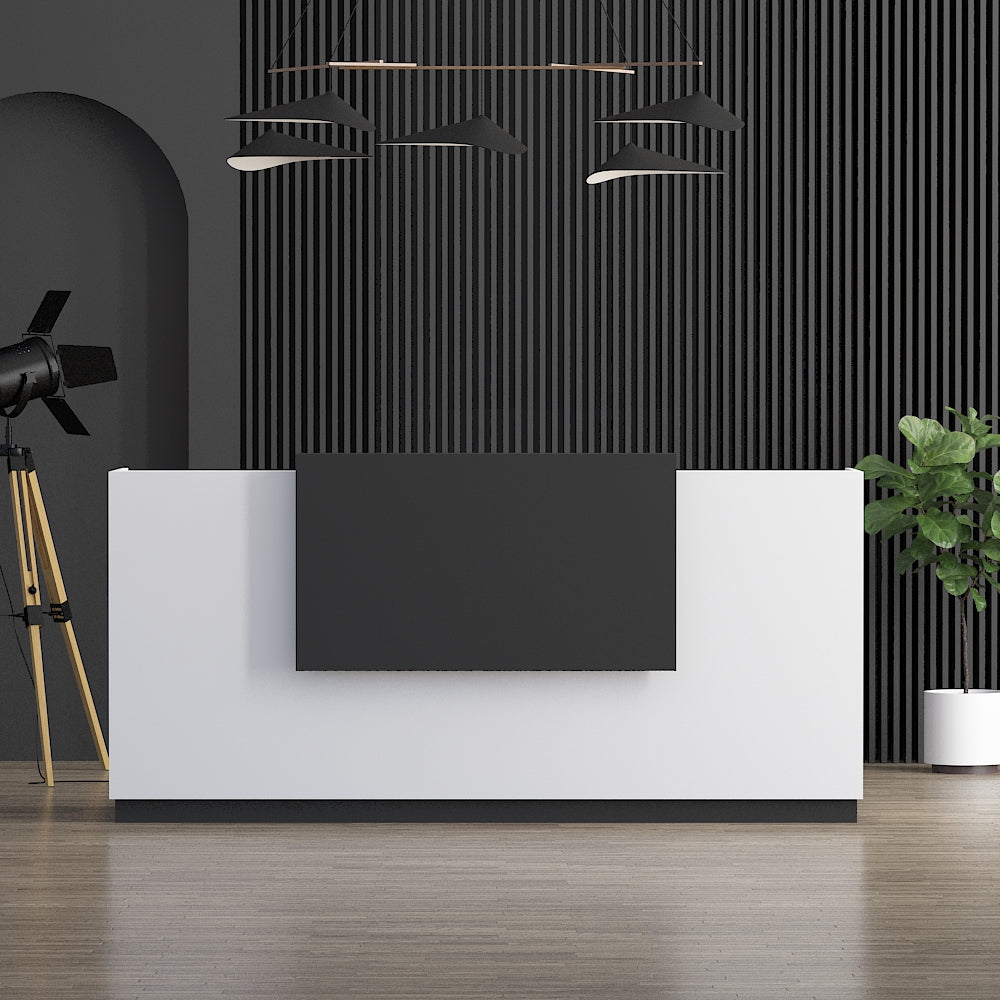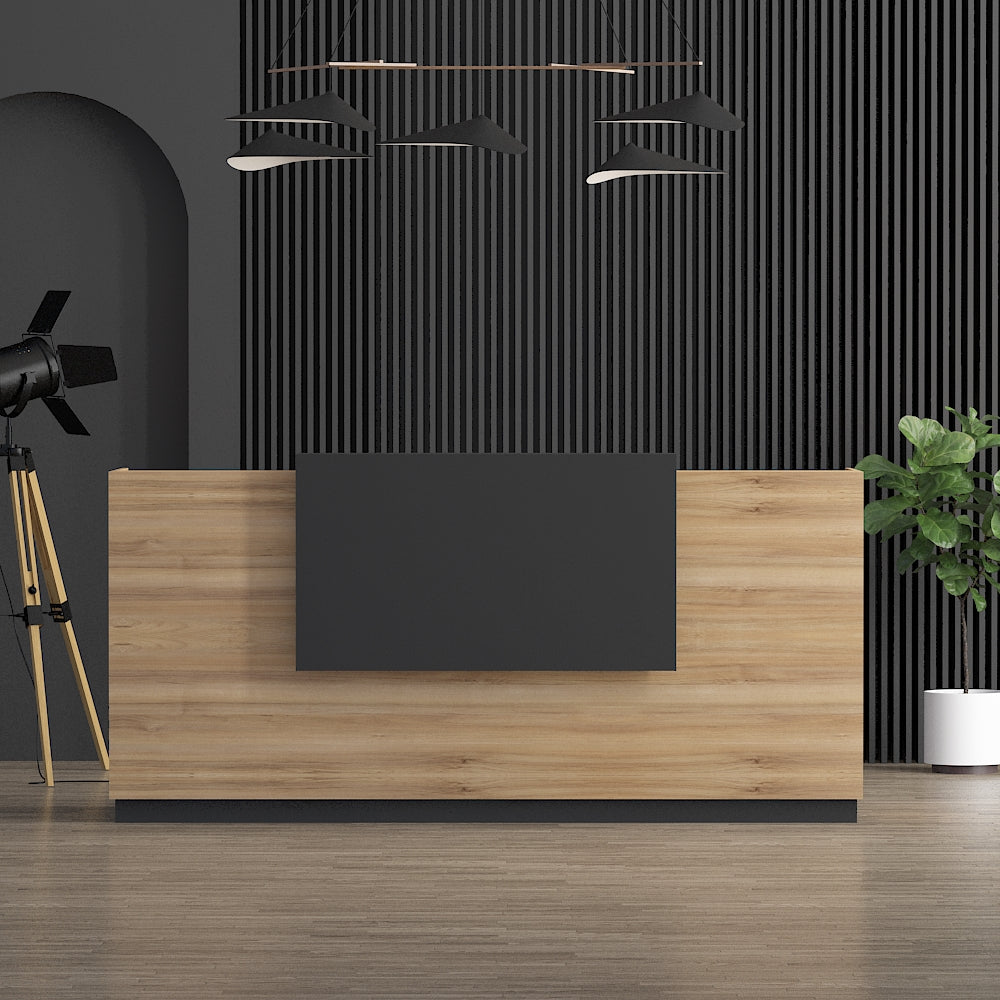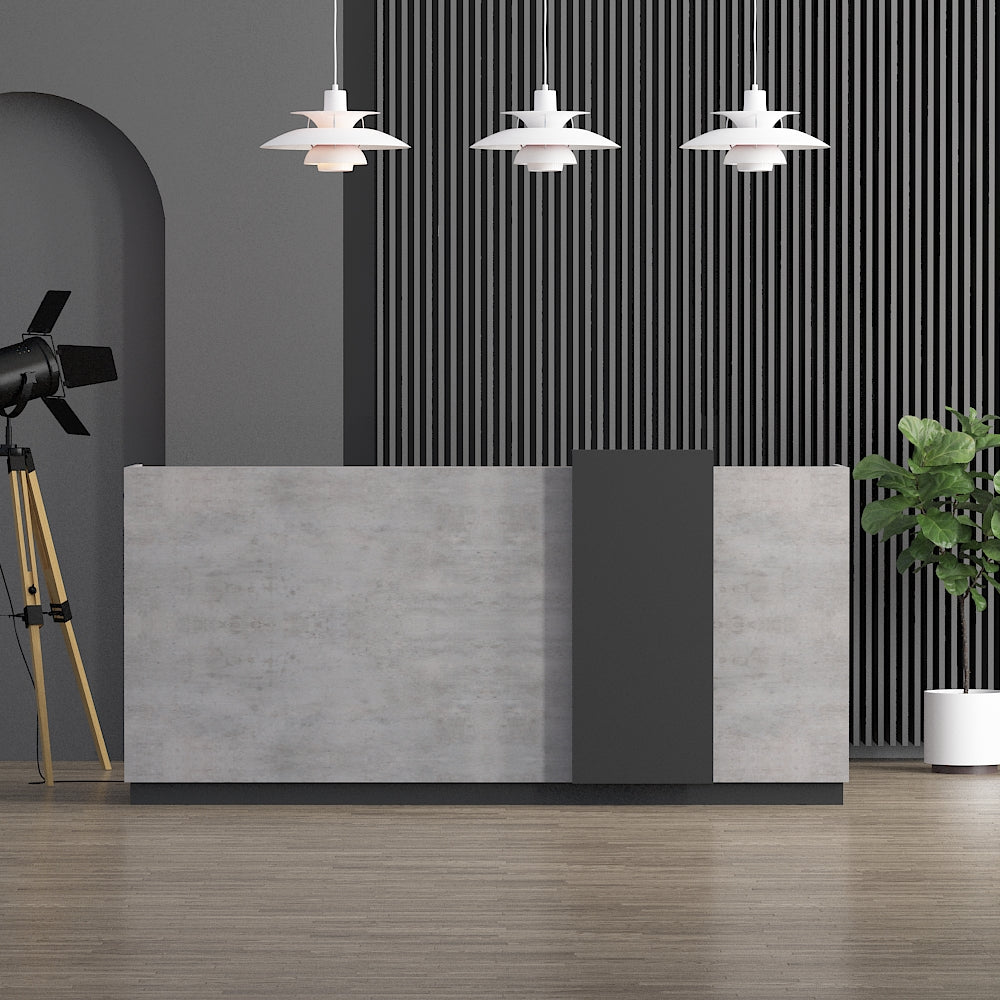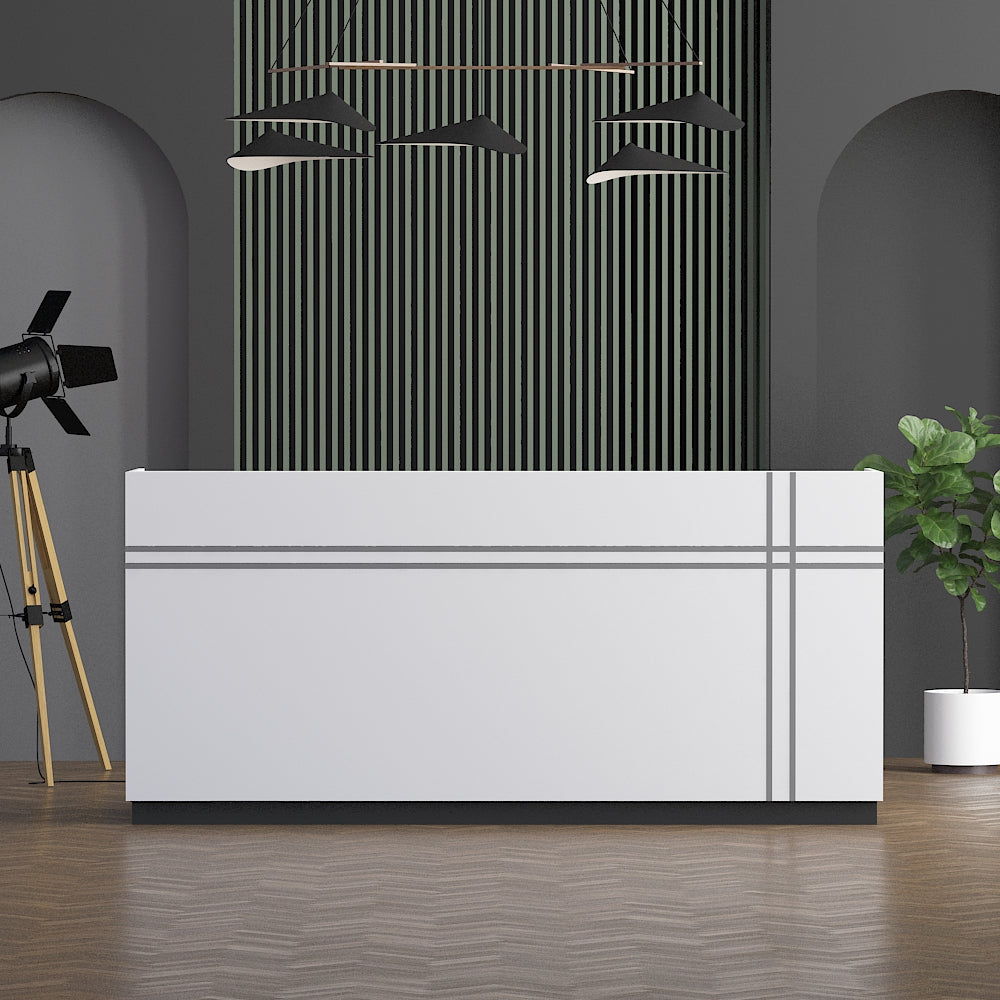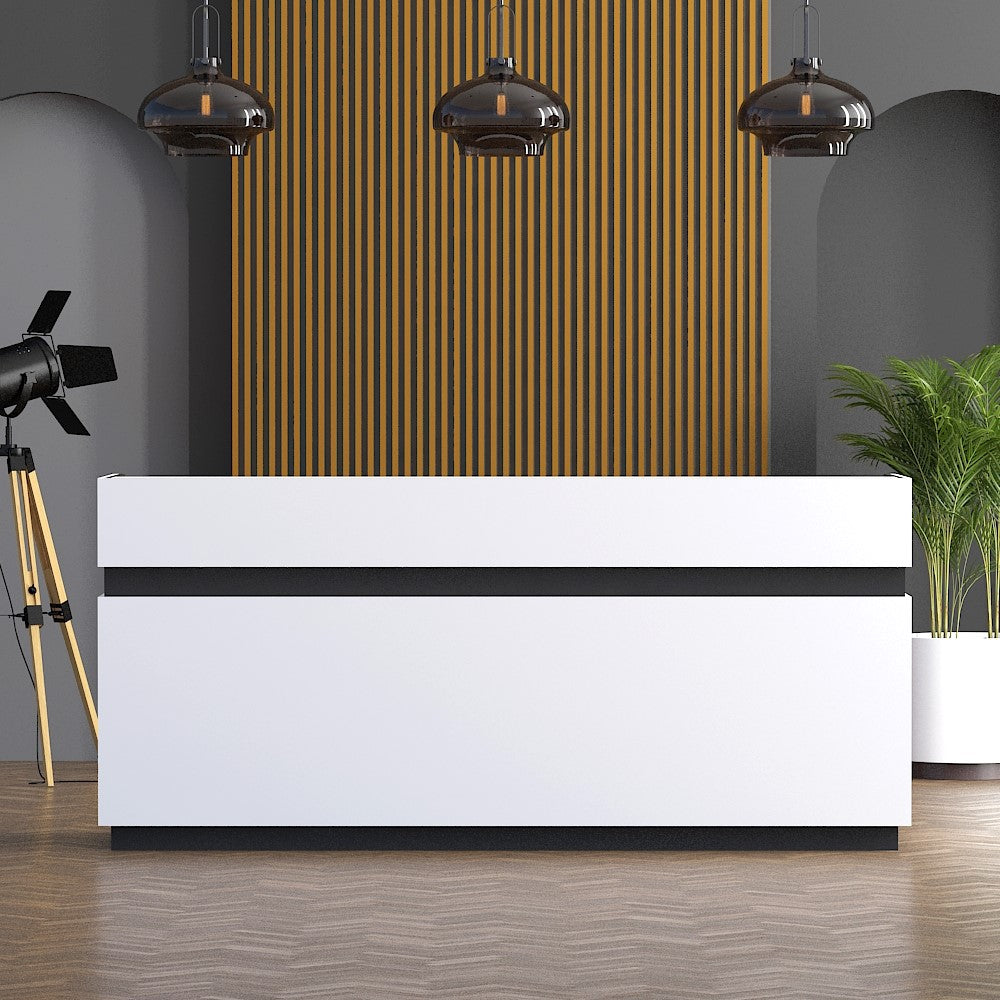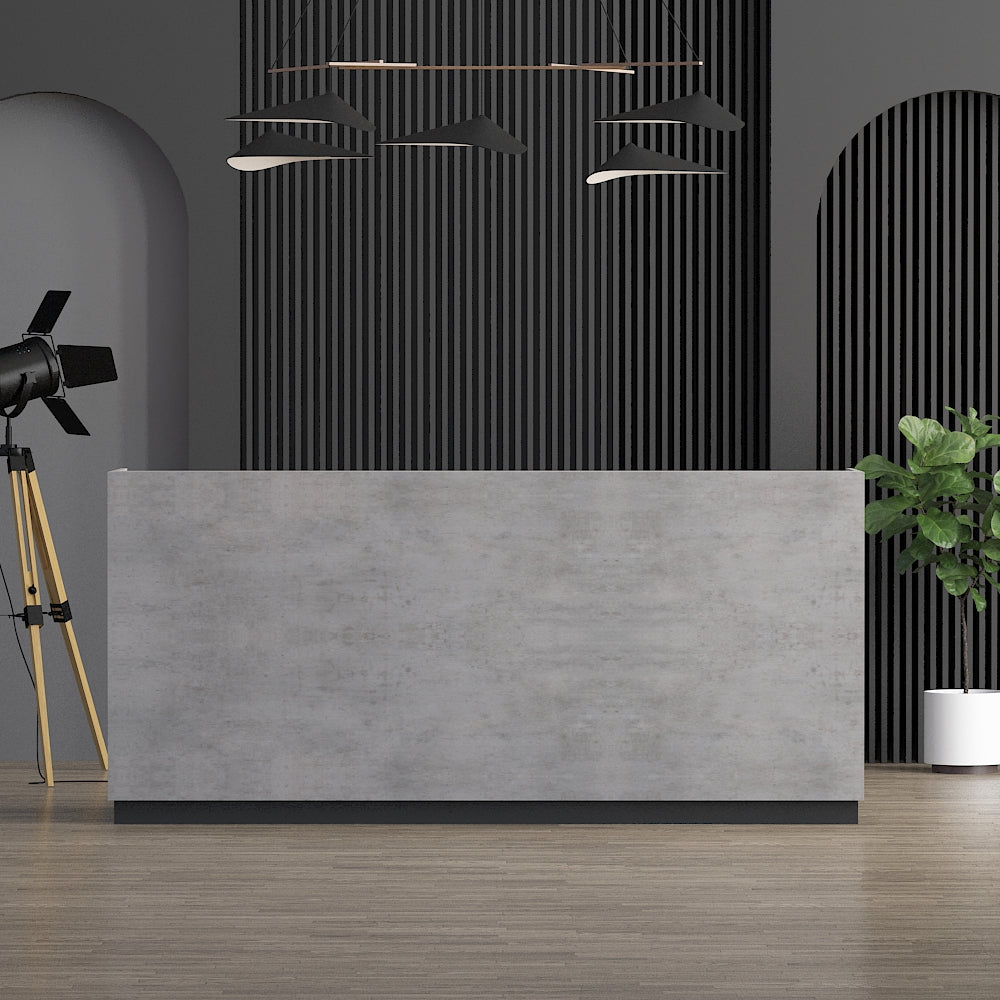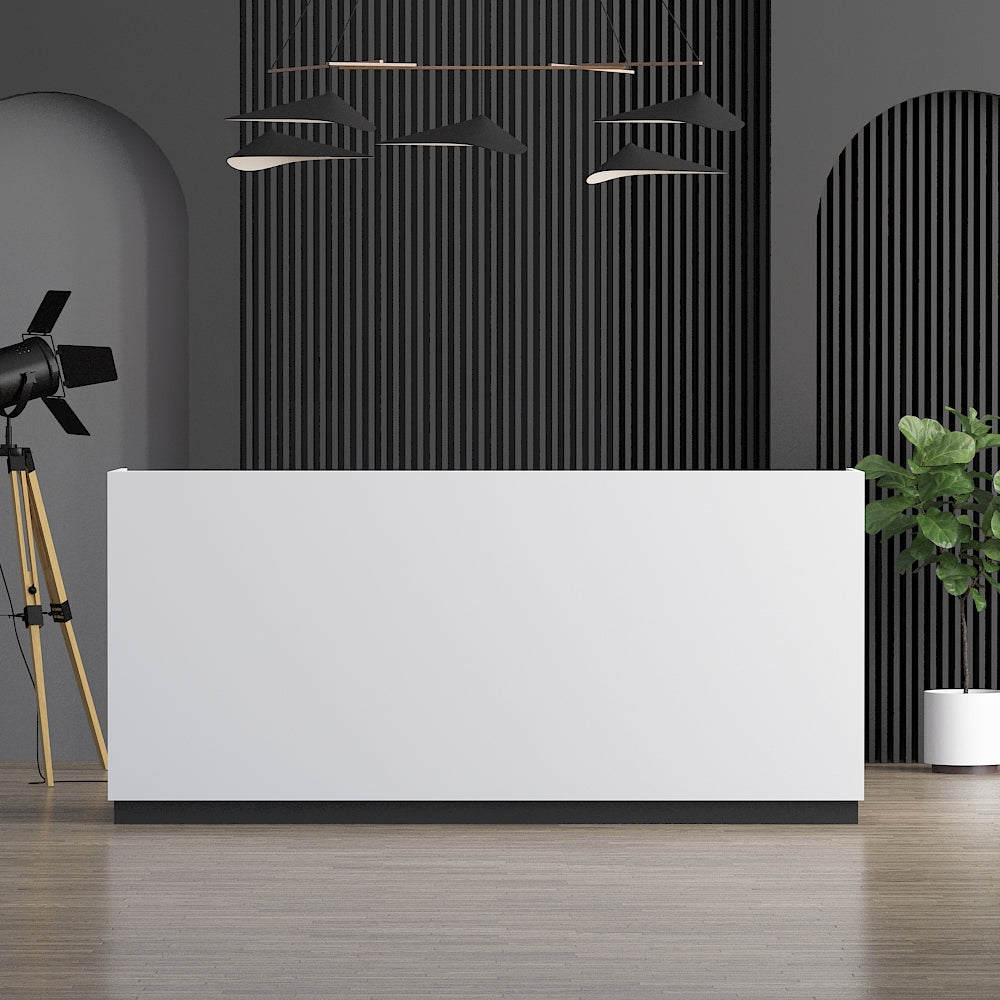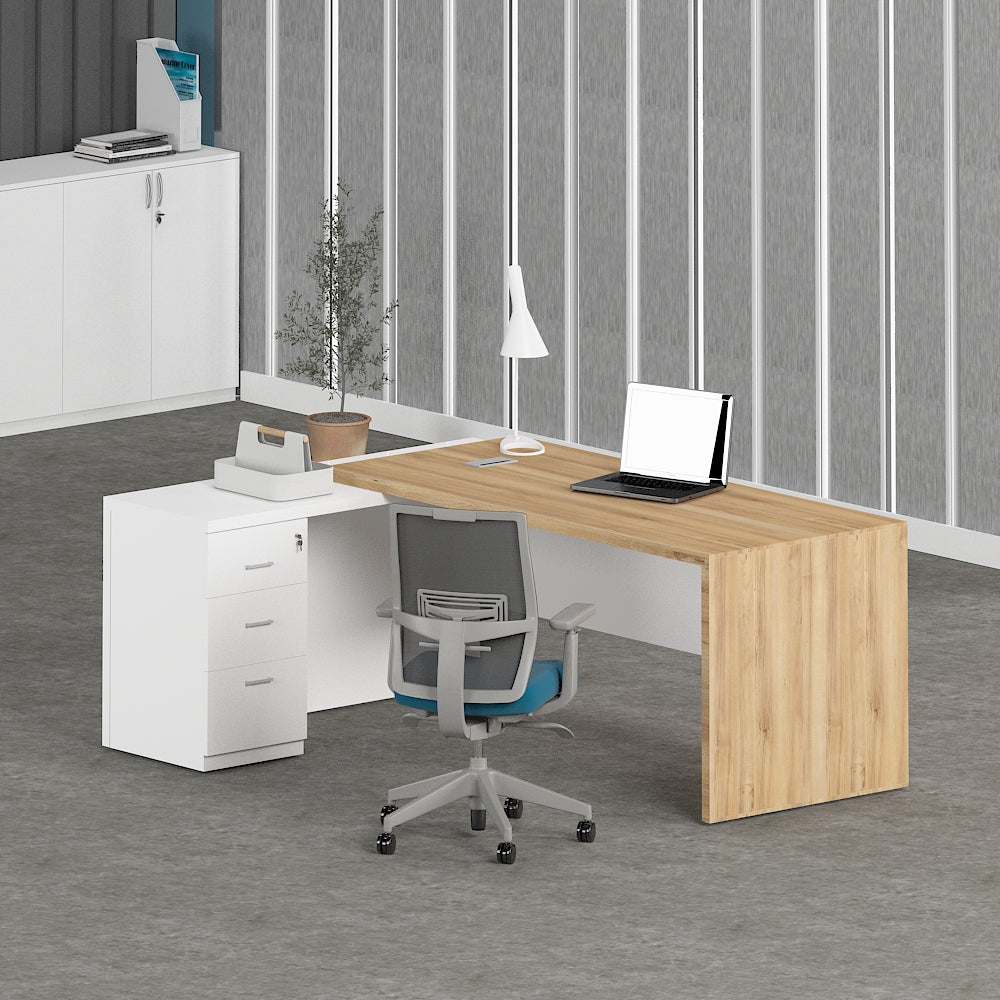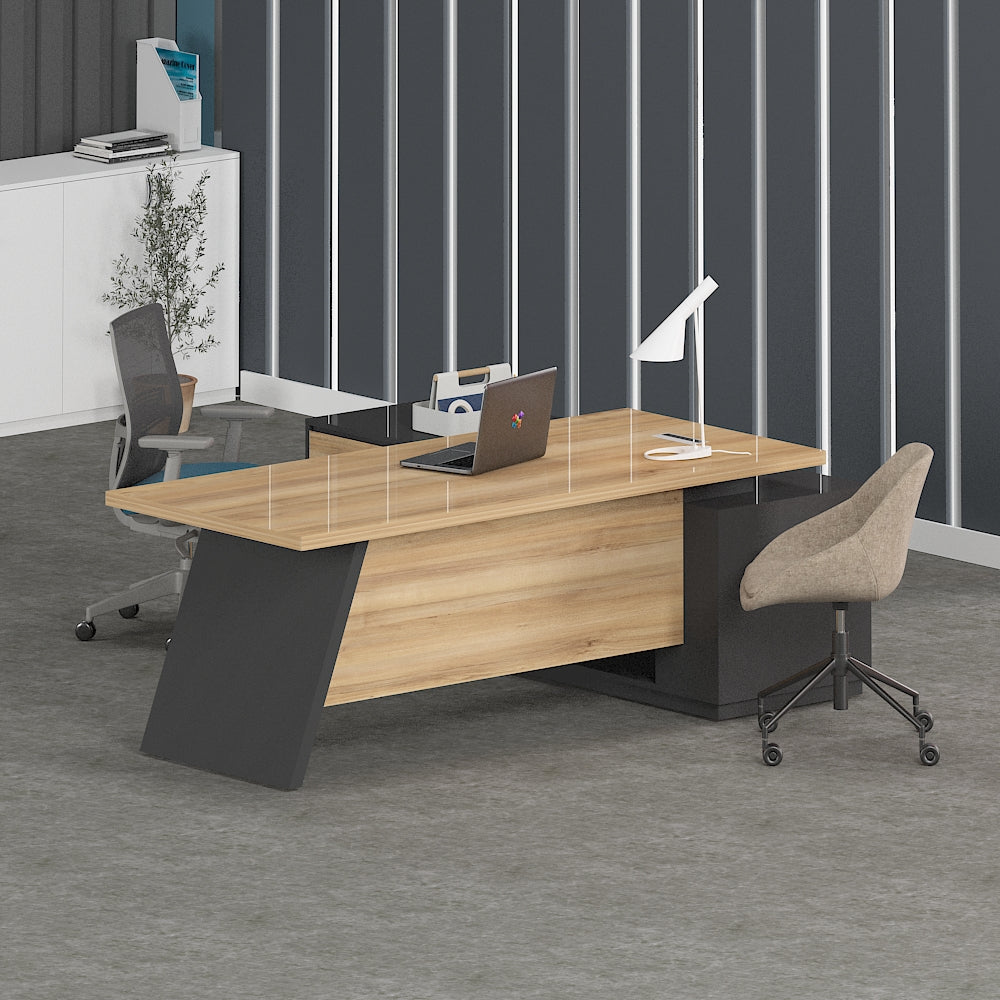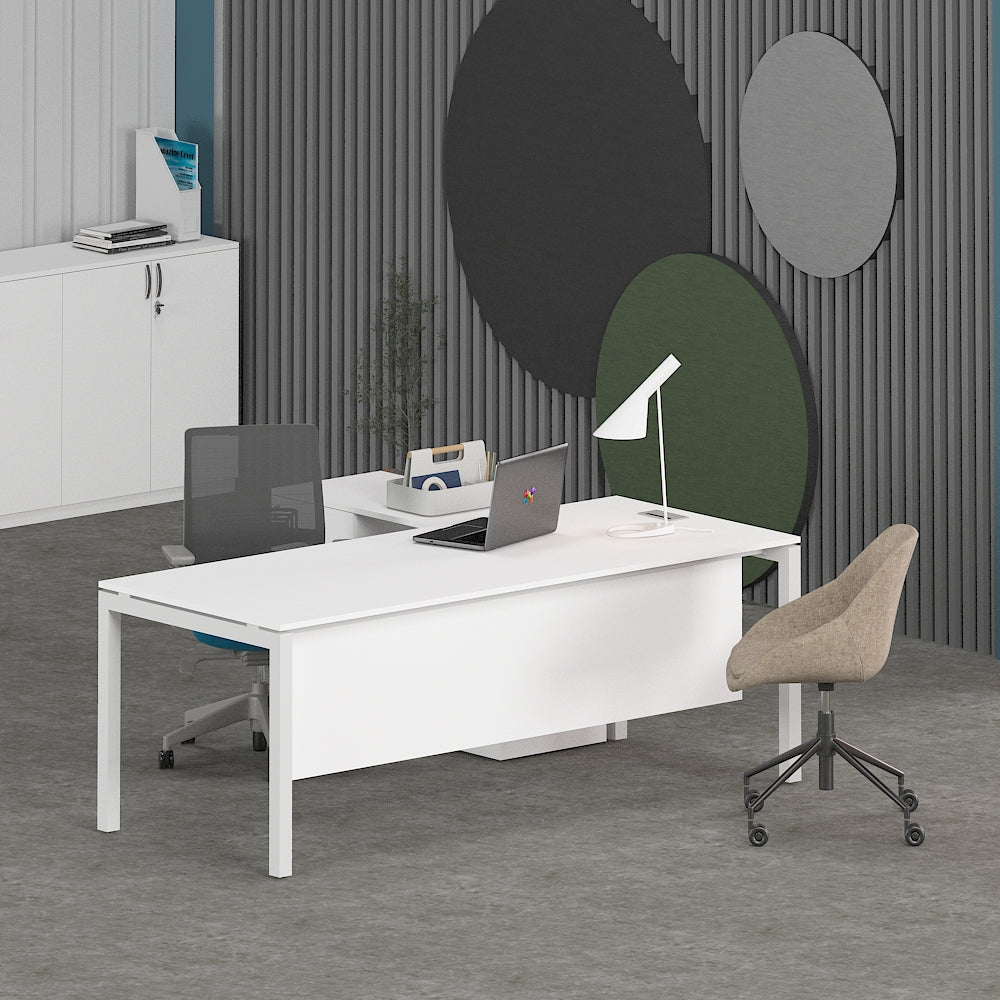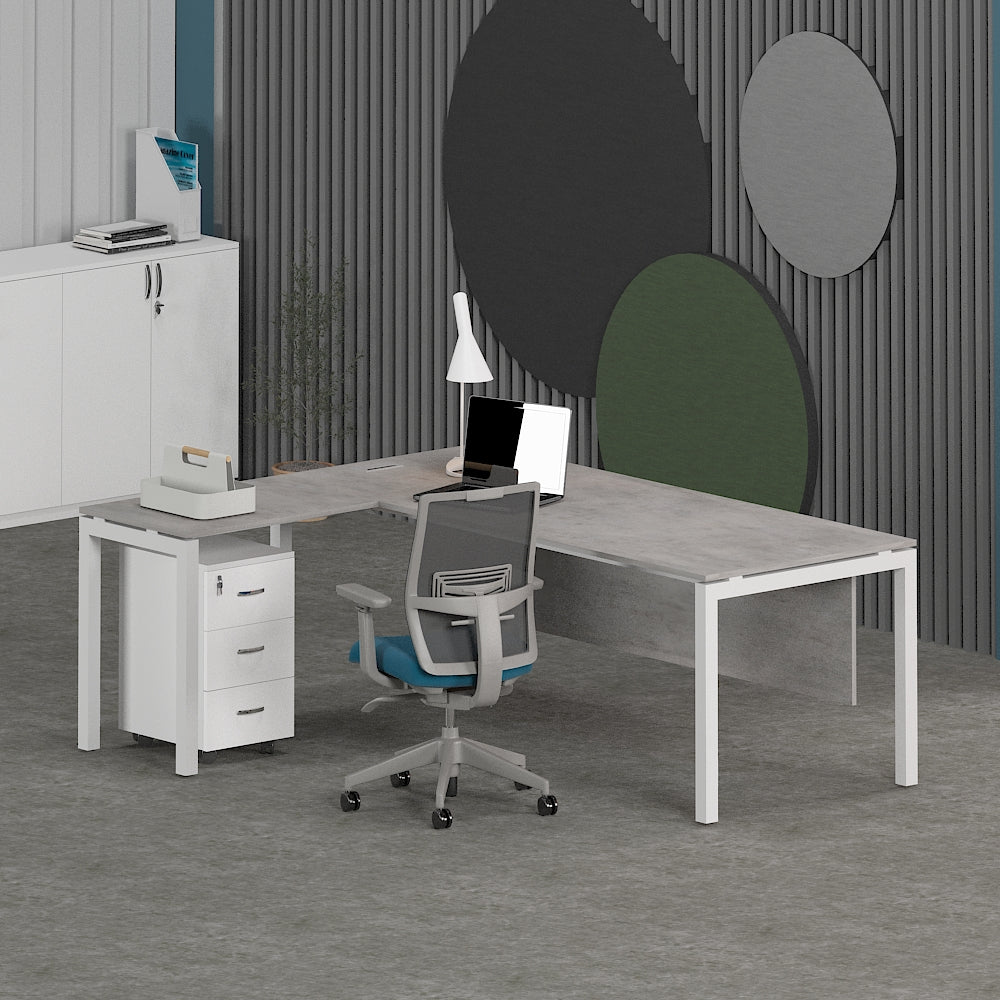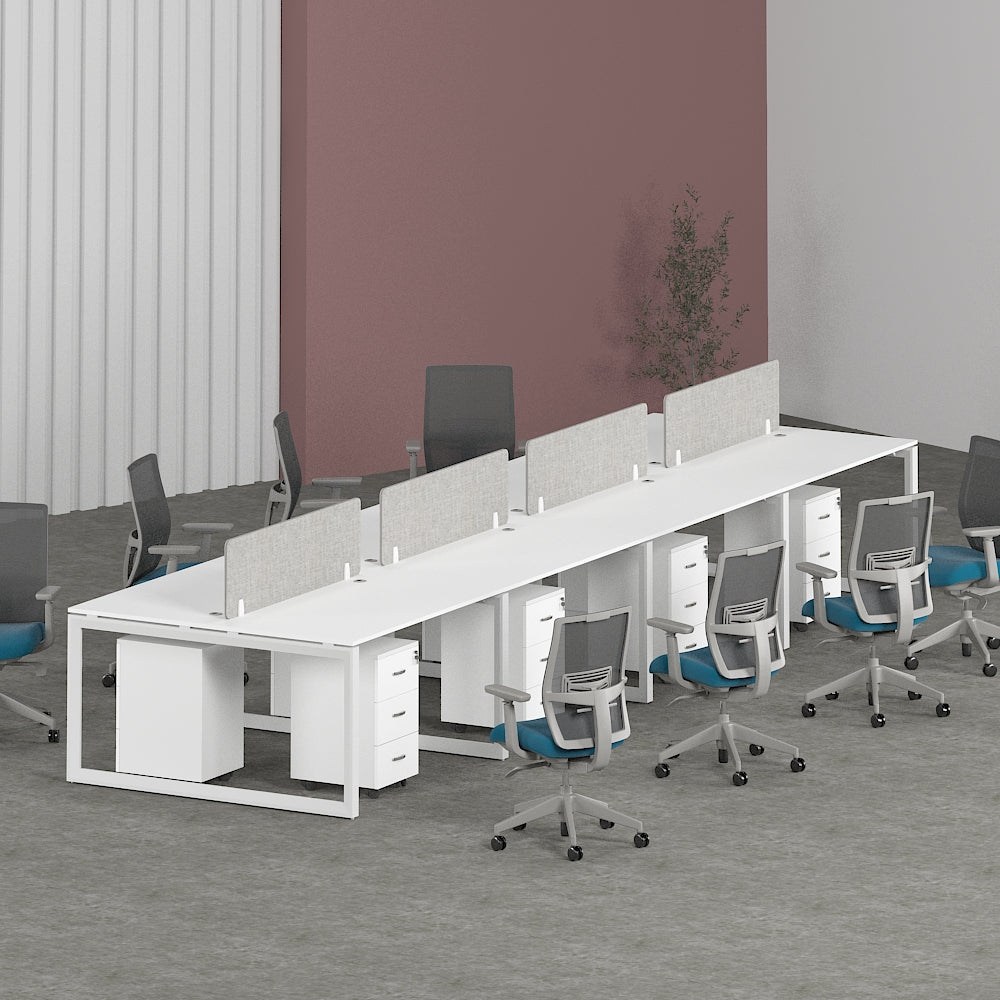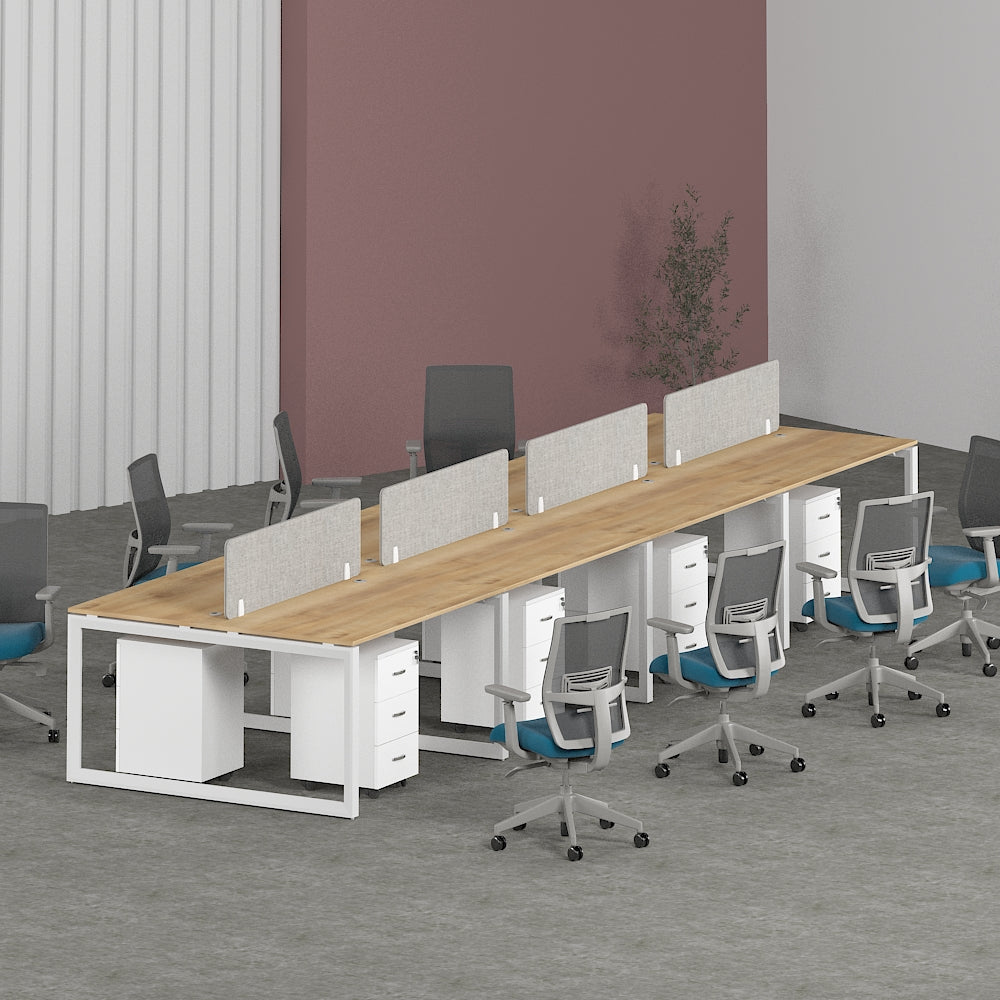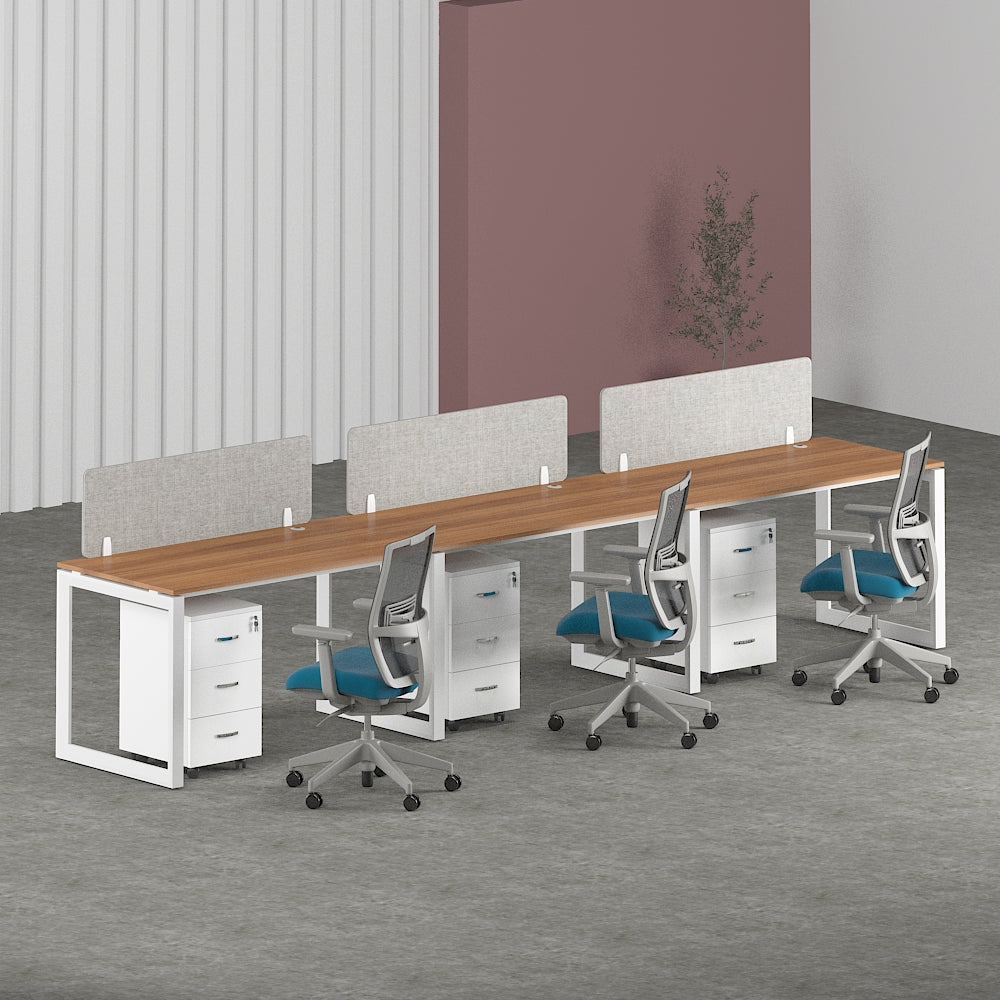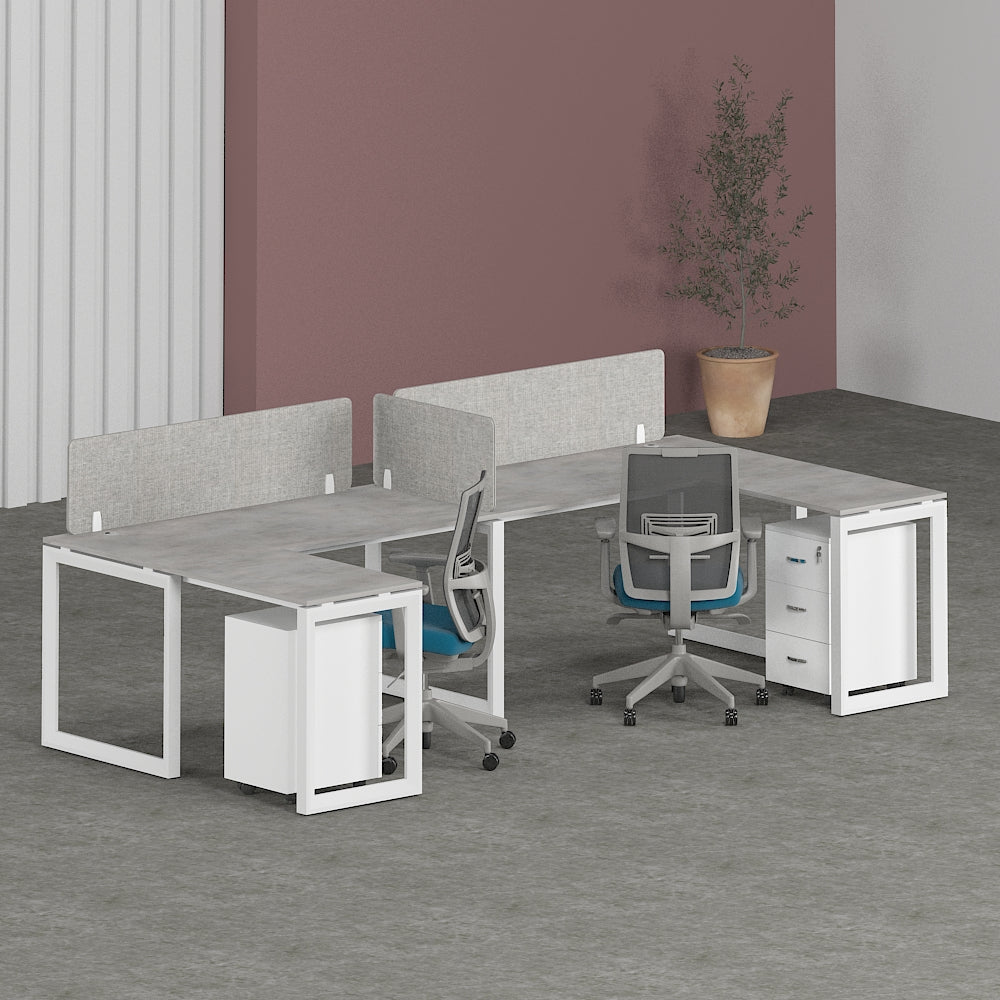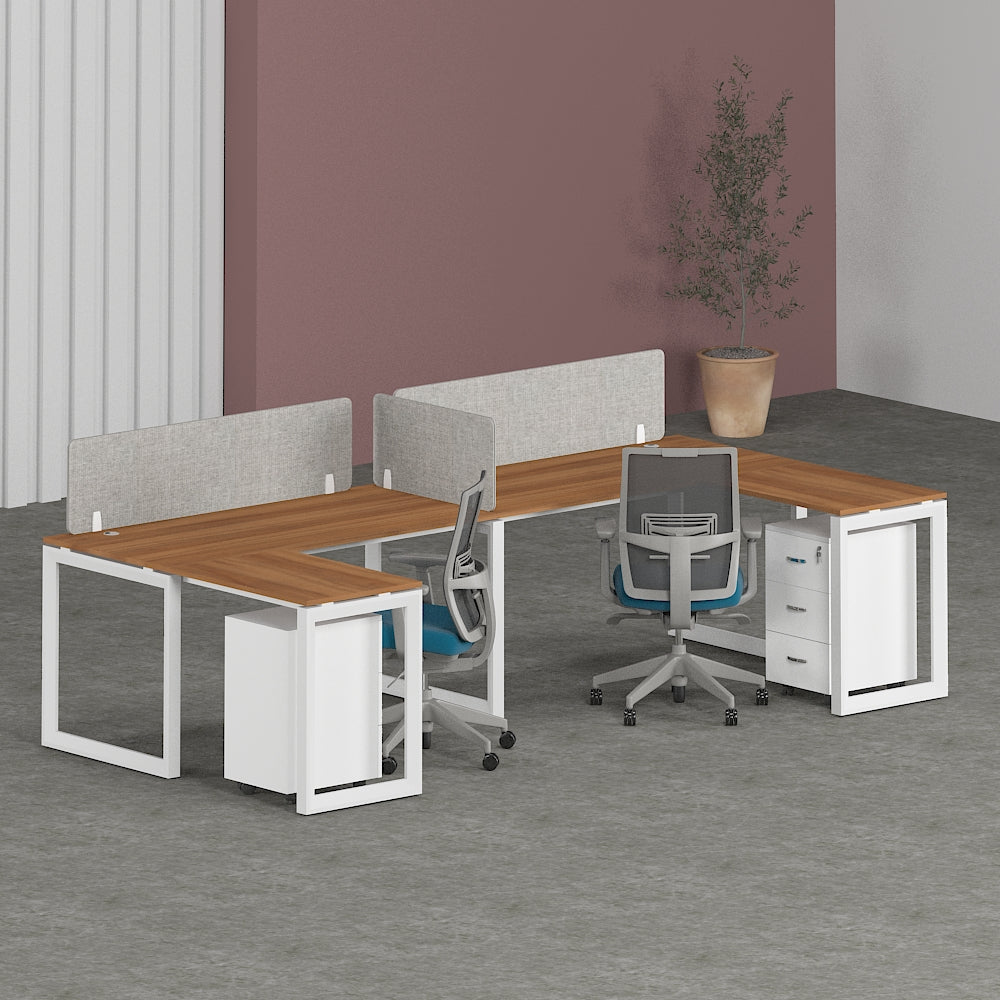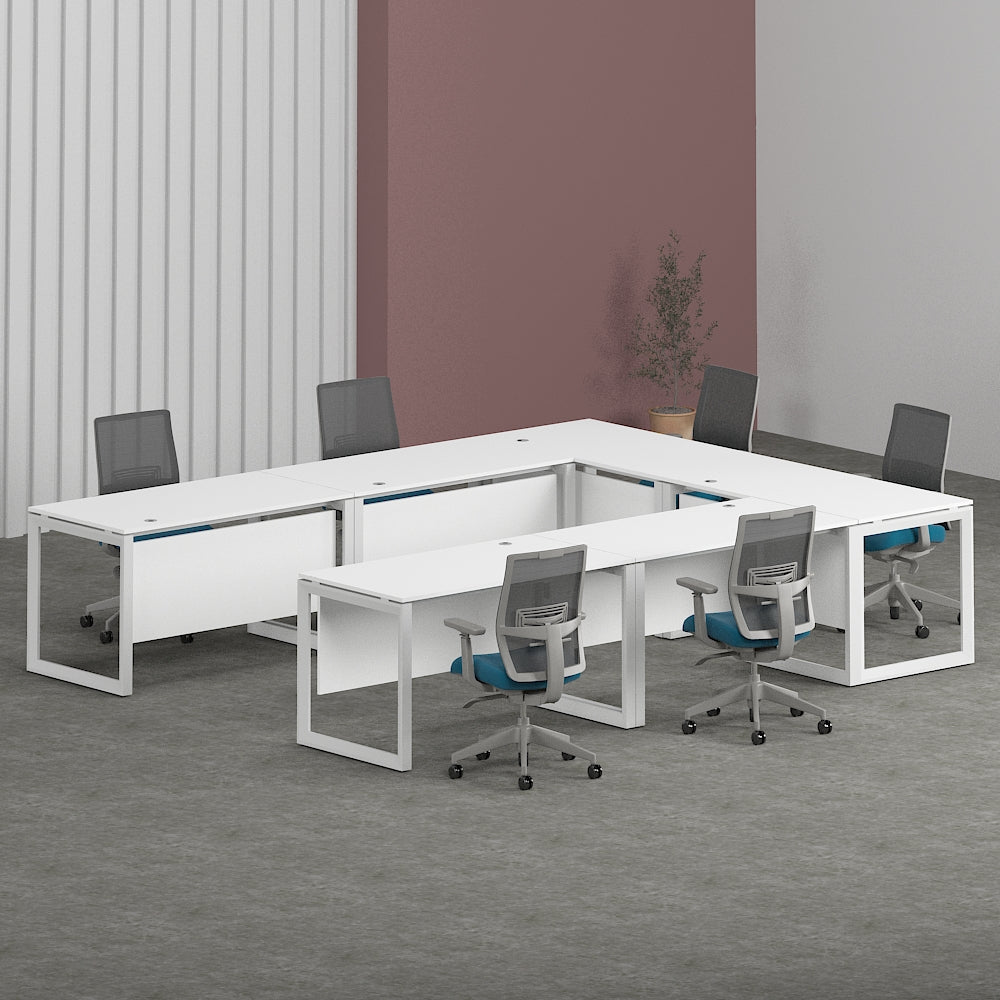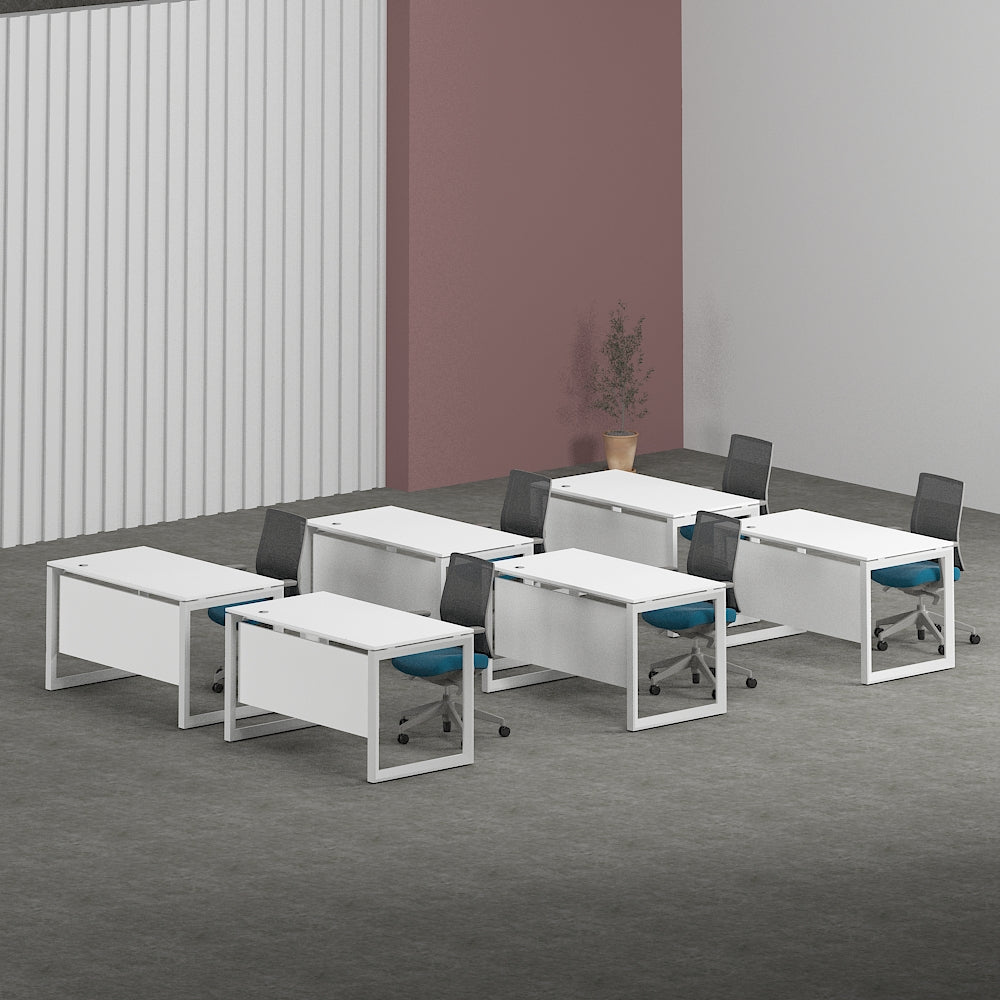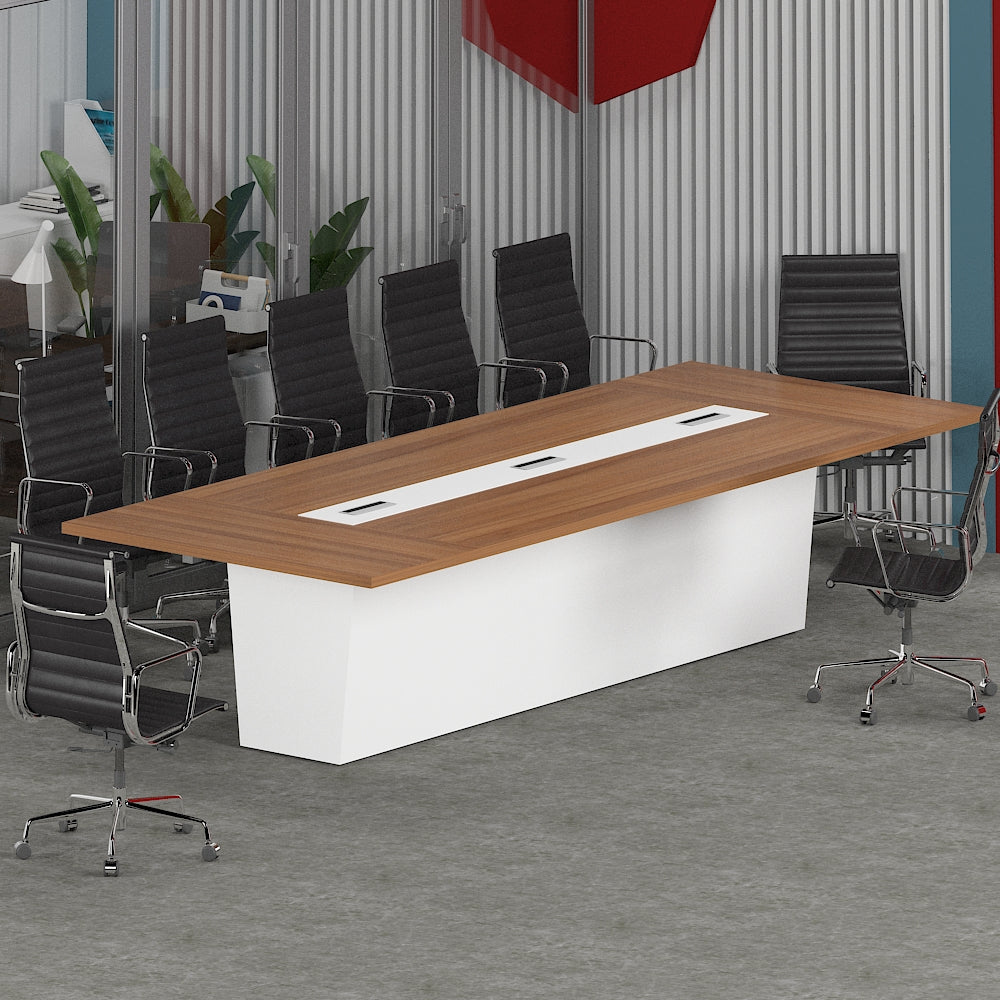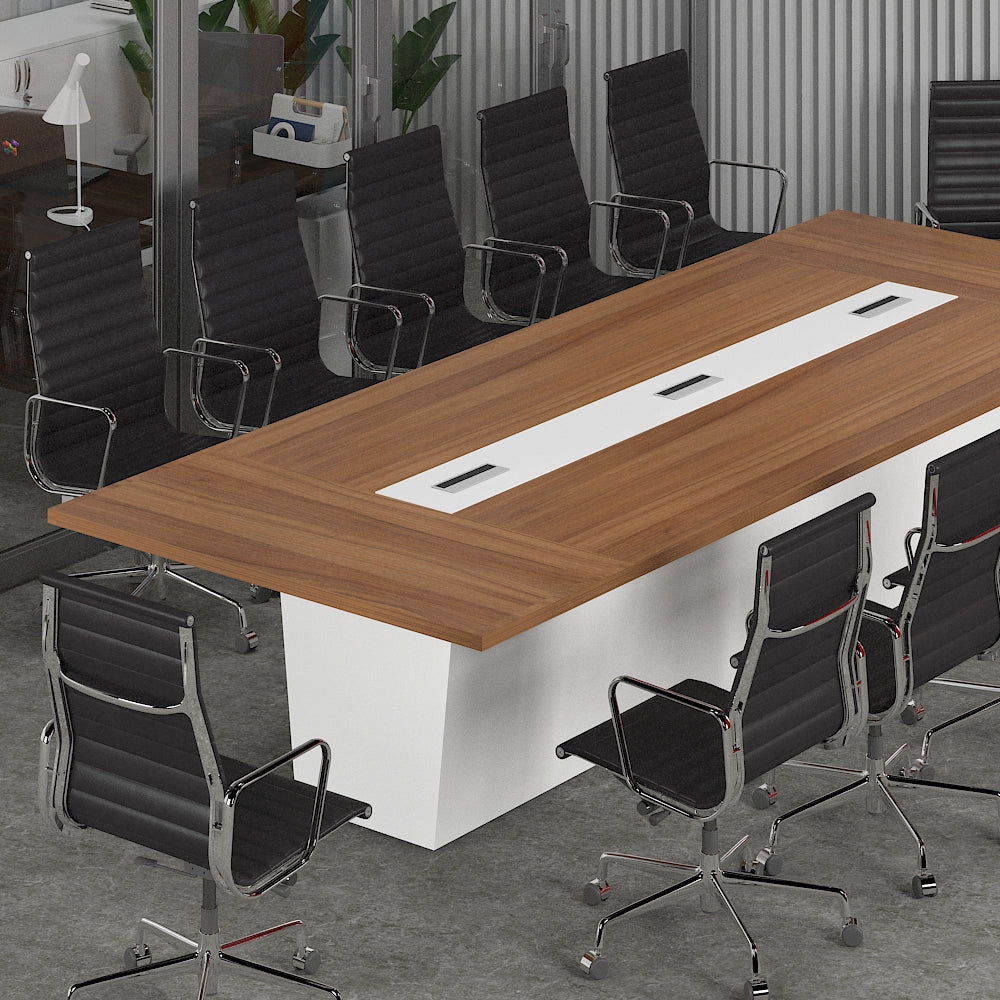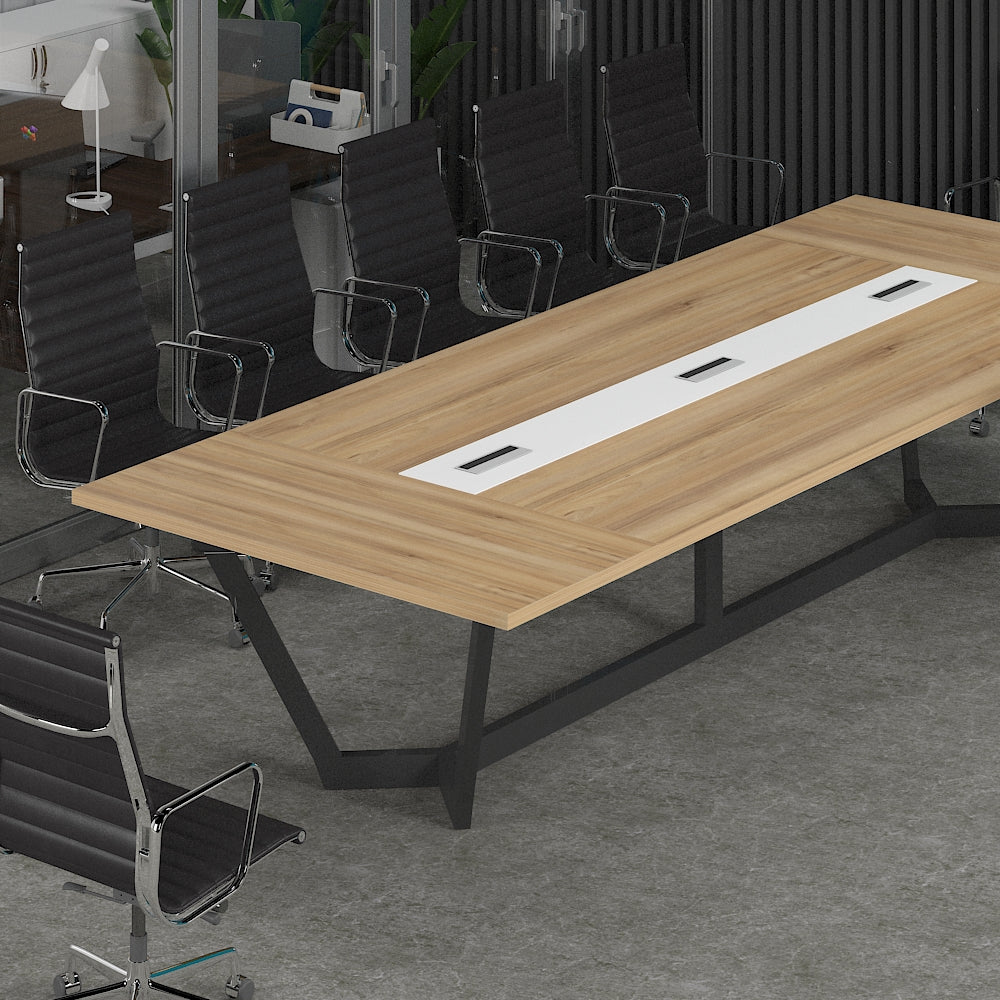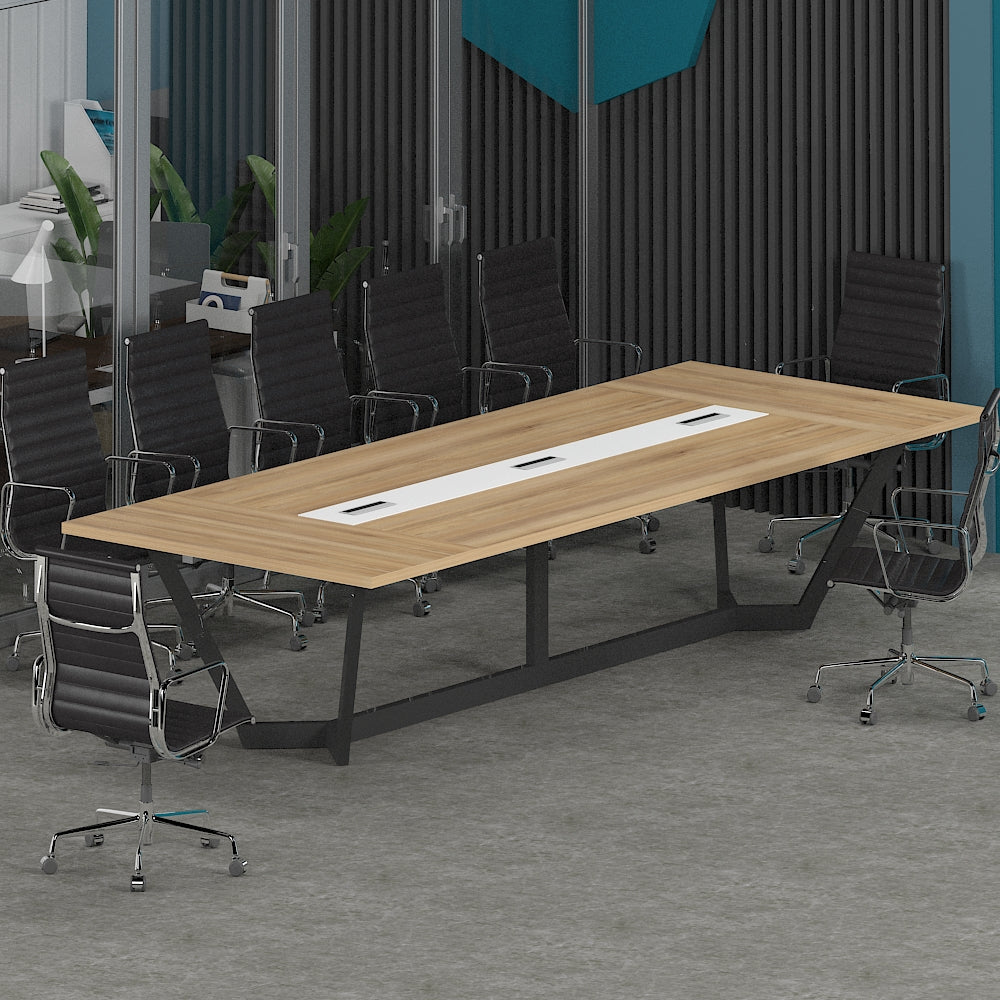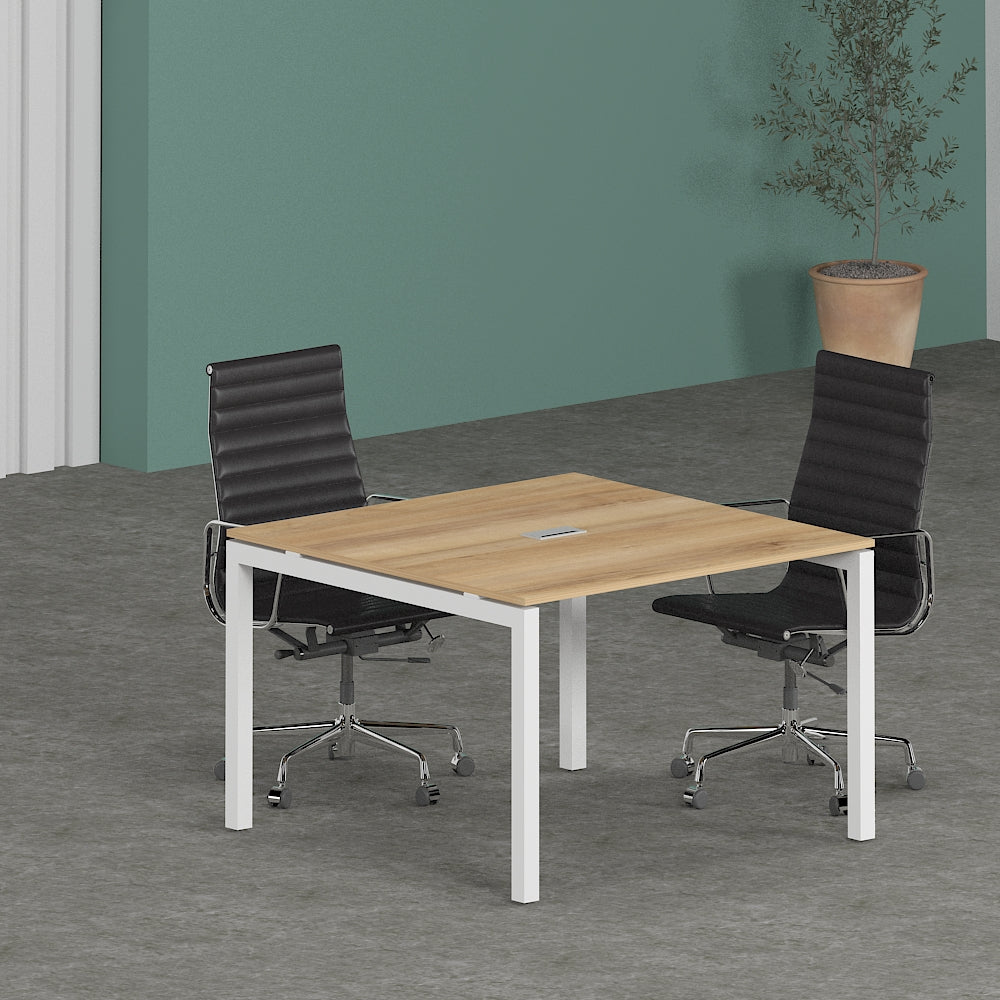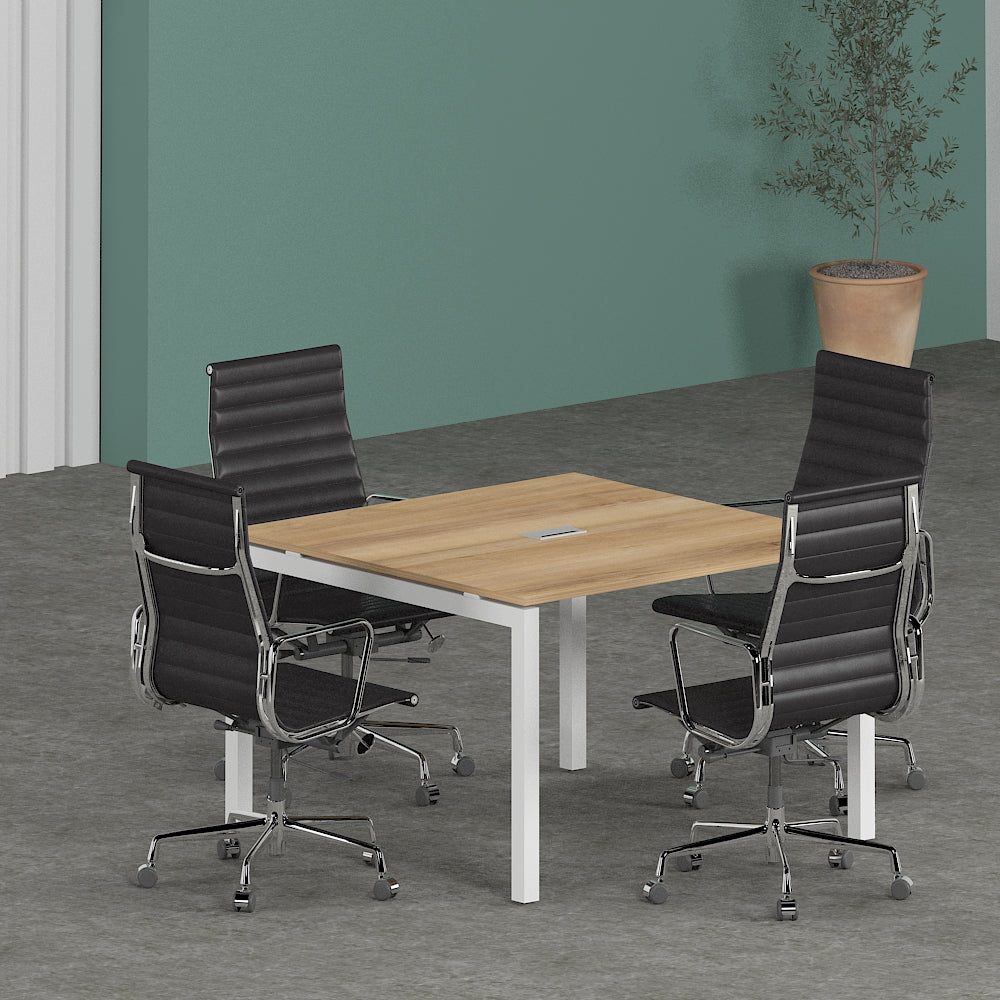Difference Between Contemporary and Modern Office Furniture
Office furniture plays a crucial role in shaping the atmosphere and functionality of a workspace. With the rise of contemporary and modern design trends, businesses have a wide array of options to choose from when furnishing their offices. In this article, we'll delve into the nuances of contemporary and modern office furniture, exploring their differences, benefits, and trends to help you make informed decisions for your workplace.
Introduction
In today's fast-paced business world, the design and layout of office spaces can significantly impact employee productivity, creativity, and well-being. Furniture is not merely functional but also contributes to the overall aesthetic and vibe of the workspace. Contemporary and modern office furniture are two prominent styles that businesses often consider when designing their offices.
Understanding Contemporary Office Furniture
Contemporary office furniture is characterized by its sleek and minimalist design. It focuses on clean lines, geometric shapes, and neutral colors, creating a timeless yet chic aesthetic. Key features of contemporary furniture include ergonomic designs, innovative materials, and multifunctional pieces. In contemporary offices, furniture often serves as a statement piece, adding personality to the space while maintaining a sense of professionalism.
Exploring Modern Office Furniture
Modern office furniture, on the other hand, is rooted in the design movements of the 20th century, particularly the mid-century modern movement. It embraces simplicity, functionality, and organic forms. Modern furniture typically features natural materials such as wood, metal, and leather, with an emphasis on craftsmanship and quality. In modern office spaces, furniture is designed to be both visually striking and practical, reflecting the ethos of efficiency and innovation.
Comparing Contemporary and Modern Office Furniture
While contemporary and modern office furniture share some similarities, they also have distinct characteristics. Contemporary furniture tends to be more adaptable to changing trends and technologies, whereas modern furniture often retains a timeless appeal. Contemporary pieces may incorporate bolder colors and unconventional shapes, while modern furniture leans towards simplicity and understated elegance.
Office Furniture Trends
In recent years, office furniture trends have shifted towards sustainability, flexibility, and employee well-being. Both contemporary and modern furniture manufacturers are embracing these trends by offering eco-friendly materials, modular designs, and ergonomic features. Standing desks, ergonomic chairs, and flexible workstations are becoming increasingly popular in modern workplaces, catering to the needs of a diverse workforce.
Creating the Ideal Office Space
To create a harmonious office space, it's essential to blend contemporary and modern furniture seamlessly. Consider the overall aesthetic of your office, the functionality of each piece, and the comfort of your employees. Mixing and matching different styles can add visual interest and personality to the space while ensuring that it remains functional and conducive to productivity.
Contemporary Office Decor
In addition to furniture, decor plays a crucial role in defining the ambiance of an office. Contemporary office decor often includes abstract art, statement lighting, and minimalist accessories. Plants and greenery can also enhance the contemporary vibe, bringing a touch of nature indoors. By carefully curating decor elements, you can create a welcoming and inspiring environment for your team.
Modern Office Layout
Modern office layouts prioritize open spaces, collaboration zones, and flexible work areas. Modern furniture is designed to complement these layouts, offering modular solutions that can adapt to changing needs. Consider incorporating versatile pieces such as modular desks, movable partitions, and storage solutions to optimize space efficiency and promote collaboration among team members.
Choosing the Right Furniture for Your Office
When selecting office furniture, it's essential to consider factors such as budget, aesthetics, functionality, and comfort. Take into account the specific needs and preferences of your employees, as well as the overall design vision for your office. Whether you opt for contemporary, modern, or a combination of both styles, prioritize quality and durability to ensure that your investment lasts for years to come.
Ergonomics and Comfort
Employee comfort should be a top priority when choosing office furniture. Both contemporary and modern furniture designs prioritize ergonomic features such as adjustable height desks, lumbar support chairs, and proper lighting. By investing in ergonomic furniture, you can improve employee health and productivity while reducing the risk of musculoskeletal disorders.
Sustainability in Office Furniture
As businesses become more environmentally conscious, sustainability has become a key consideration in office furniture design. Look for furniture manufacturers that use recycled materials, eco-friendly production methods, and sustainable sourcing practices. By choosing sustainable office furniture, you can reduce your carbon footprint and contribute to a healthier planet.
Cost Considerations
While quality office furniture is undoubtedly an investment, it's essential to balance cost considerations with quality and durability. Set a realistic budget for your furniture purchases and prioritize pieces that offer the best value for your money. Consider factors such as warranty, maintenance costs, and resale value when making decisions about which furniture to buy.
Maintenance and Durability
Proper maintenance is essential to prolonging the lifespan of office furniture. Regular cleaning, inspection, and repairs can help prevent wear and tear and ensure that your furniture remains in optimal condition. Choose durable materials and finishes that can withstand daily use and are easy to clean and maintain.
Customer Satisfaction and Reviews
Before making any furniture purchases, it's helpful to research customer reviews and testimonials. Real-world experiences can provide valuable insights into the quality, durability, and performance of different furniture brands and products. Look for furniture that consistently receives positive feedback from customers and meets your specific needs and requirements.
Conclusion
In summary, the difference between contemporary and modern office furniture lies in their design principles, materials, and overall aesthetic. While contemporary furniture embraces sleek lines and minimalist aesthetics, modern furniture embodies simplicity and functionality rooted in mid-century design movements. Both styles offer unique advantages and can be tailored to suit the needs of modern workplaces.
By understanding the distinctions between contemporary and modern office furniture, businesses can make informed decisions when designing their office spaces. Whether you prefer the timeless elegance of modern furniture or the versatility of contemporary pieces, prioritize quality, comfort, and functionality to create a productive and inspiring work environment.
FAQs (Frequently Asked Questions)
-
What are some examples of contemporary office furniture? Contemporary office furniture includes sleek desks, ergonomic chairs, modular workstations, and minimalist storage solutions. Brands like Herman Miller and Knoll are known for their contemporary designs.
-
Is modern office furniture suitable for small spaces? Yes, modern office furniture often features space-saving designs and modular configurations, making it ideal for small offices or coworking spaces. Look for compact desks, multipurpose storage solutions, and flexible seating options.
-
How can I incorporate both contemporary and modern furniture into my office space? Mix and match pieces from both styles to create a balanced and cohesive look. Pair a modern desk with contemporary chairs, or vice versa. Pay attention to materials, colors, and proportions to ensure a harmonious design.
-
What are some sustainable options for office furniture? Sustainable office furniture options include pieces made from recycled materials, FSC-certified wood, and low-emission finishes. Look for eco-friendly certifications such as LEED or Greenguard to ensure environmental responsibility.
-
Are there any budget-friendly options for office furniture? Yes, there are plenty of budget-friendly options for office furniture available on the market. Consider shopping at office supply stores, online retailers, or exploring secondhand options through platforms like Craigslist or Facebook Marketplace. Additionally, purchasing in bulk or during sales events can help you save money on larger purchases.
By addressing these FAQs, readers can gain further clarity on specific aspects of contemporary and modern office furniture, empowering them to make informed decisions for their workplace needs.
